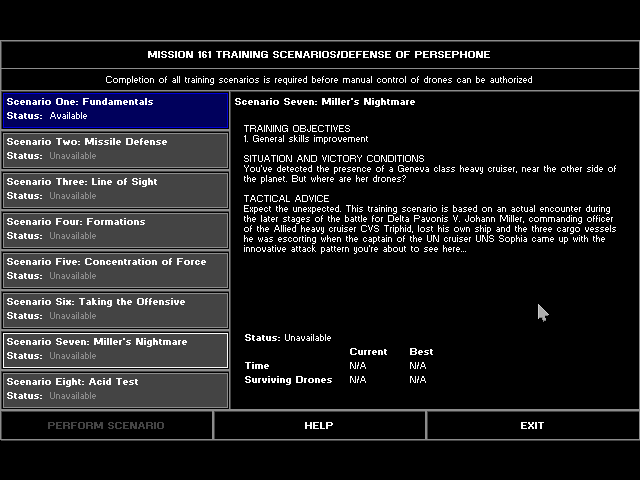


A central and dedicated public safety agency will guarantee system integrity.The transition to new mission critical communication systems must always put user needs and the mission of public safety and security at its heart.Transformation will improve operational efficiency, productivity, and overall safety.New business models will lead to an optimized cost structure.Mobile broadband solutions create new possibilities that will fundamentally change the way that the public protection and disaster relief sector operates.In assessing the key opportunities, our view is that: The appropriate organizational, operational, and technical models of the future need to be defined. Our report Towards a future-proof mission critical communication system for public safety argues that the challenge for governments will be to find the right balance between network, services, and regulations, as well as investment requirements. However, the technologies underpinning current systems cannot support new data-driven needs on top of the traditional voice and messaging communications. Modernizing mission critical communications systemsĭuring a crisis event, communications between different stakeholders are essential, from the general public to the Call & Dispatch centers and all the relevant public safety entities. The availability of new technology, such as drones, robots, AIVs, video-images, AR/VR, AI and IoT devices, along with new network technology generations (i.e., LTE/5G etc.), has the potential to drastically enhance the situational awareness and overall efficiency of operations. Natural disasters, too, damage communications infrastructures and, with the frequency and magnitude of such crises increasing, emergency services often struggle with a lack of reliable communication. Global crises, such as terrorist attacks, have shown how quickly current communications networks become saturated. Why are current systems becoming obsolete? In this report we provide an overview of the current mission critical communications landscape and offer clear recommendations to support authorities in their transformation journey towards mobile broadband solutions. There are radical choices and significant investments to make that nonetheless present a window of opportunity to organize and implement a more up-to-date, performant, reliable, efficient, and future-proof mission critical communication approach. The necessary shift in technology and user behavior that this evolution implies is a major challenge for public safety decision makers. Enhancing operational efficiency with new technology


 0 kommentar(er)
0 kommentar(er)
